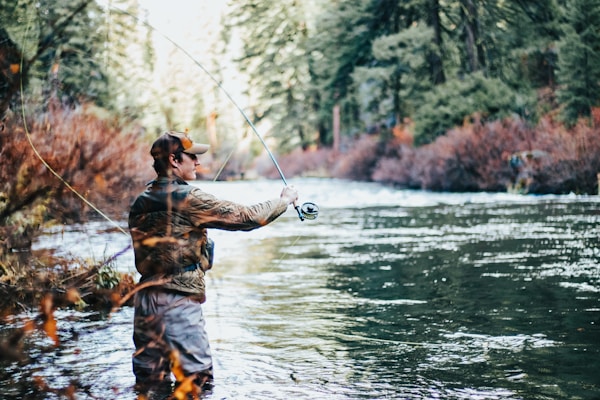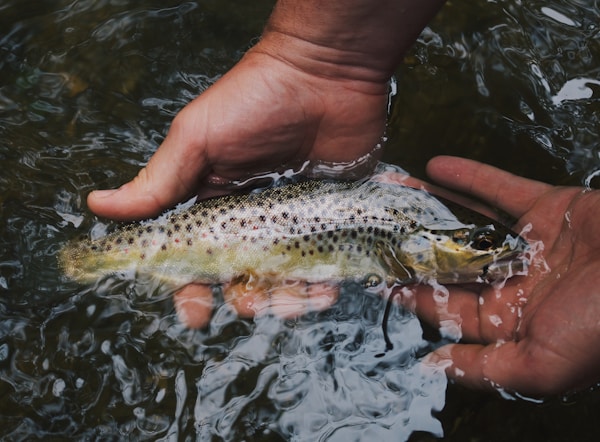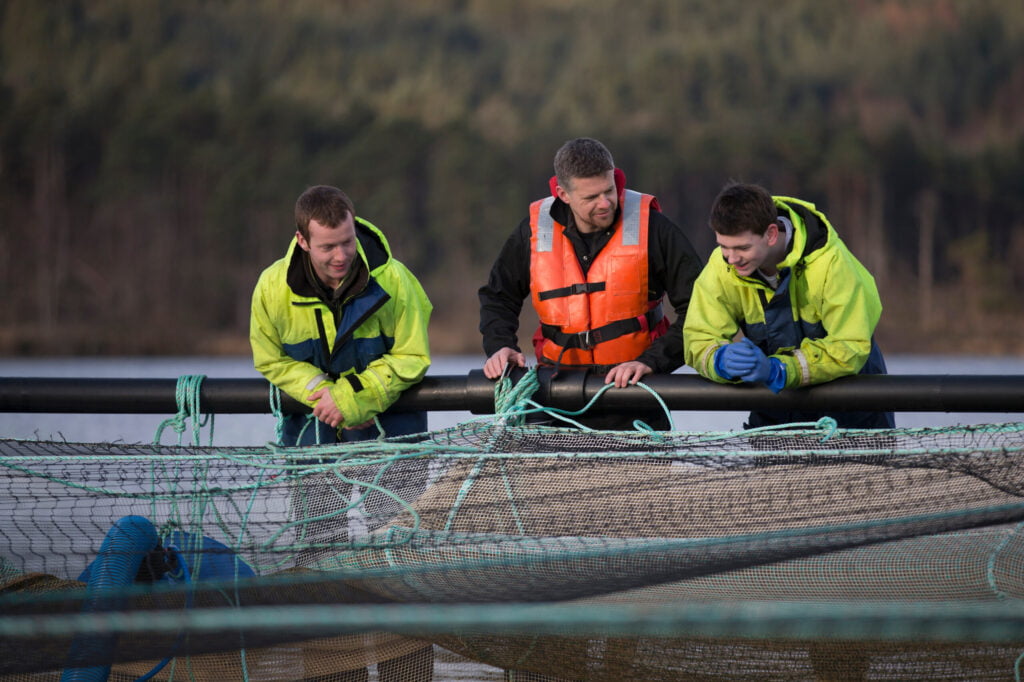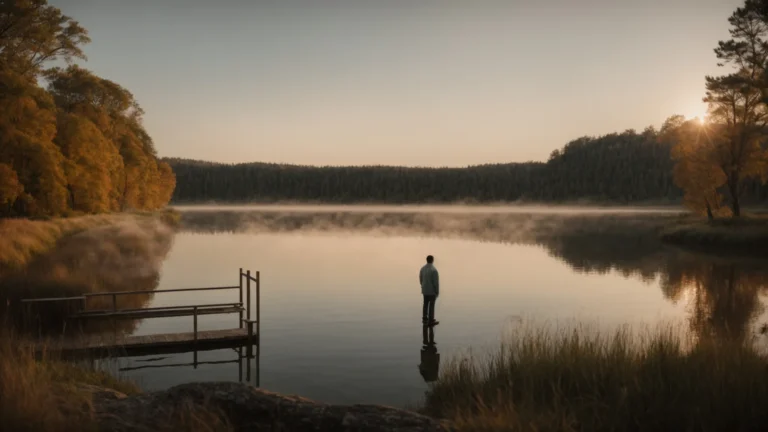The prospect of fishing for salmon is a captivating one, blending the raw excitement of the chase with the tranquil beauty of the world’s most striking water bodies. One of the most iconic occurrences in the fishing world is the Fraser River salmon run in British Columbia (BC), where millions of salmon journey back to their birthplace to spawn. This comprehensive guide will equip you with the know-how to fish for salmon effectively and responsibly, ensuring that you savor the experience while also contributing to the sustainability of these amazing species.
Understanding Salmon Behavior
A crucial first step to successful salmon fishing is understanding Salmon behavior. Salmon are anadromous creatures, meaning they spend the majority of their lives in the ocean but migrate to freshwater rivers and streams to reproduce. During these migrations, known as salmon runs, they do not feed. Nonetheless, due to their aggressive nature, they continue to bite at lures. By understanding their behaviors and life cycles, you can significantly improve your chances of a successful catch.
Equip Yourself Right

Fishing for salmon isn’t a one-size-fits-all approach. It requires specific equipment to enhance your chances of success. A medium-heavy rod around 8-10 feet in length is ideal. Depending on the size of the salmon species you’re aiming for, you’ll need a reel that can handle a 20-30 pound test line.
Your selection of lure or bait is also of paramount importance. Spoons, spinners, and plug-cut herring are all popular choices for salmon fishing. If you’re a fly fishing enthusiast, patterns such as the Woolly Bugger or Egg Sucking Leech can prove to be effective.
Timing and Location: The Twin Factors
Timing your fishing trip is critical when it comes to salmon fishing. Salmon runs occur at particular times throughout the year, and these can vary based on location and species. In BC, for instance, the Fraser River run generally happens from late summer to early fall.
Location is equally as crucial as timing. Salmon tend to travel along the path of least resistance, often close to the river’s edge. By positioning yourself correctly, you can significantly increase your chances of a successful catch.
Reading the Water: An Essential Skill
“Reading” the water, or observing it, is a skill that can greatly enhance your success rate. Keep an eye out for signs of salmon, such as jumping fish or disturbed water, often indicating a passing school. Understanding the water’s flow can also help determine where the salmon might be.
Mastering the Art of the Cast
Casting your line correctly is a fundamental part of salmon fishing. Ideally, you want to cast your line upstream and allow your lure to drift down with the current, imitating the movement of natural prey. When a salmon bites, set the hook firmly, but not with excessive force, to ensure a good hold.
Catch and Release Techniques: The Ethical Way

While the thrill of salmon fishing is undeniable, it’s equally important to practice responsible fishing. Always adhere to local regulations, and consider practicing catch and release to contribute to salmon conservation. When releasing a salmon, handle it as minimally as possible and ensure it is strong enough to swim away before releasing it.
Overall, fishing for salmon is more than just a sport—it’s a deep connection with nature that demands understanding, skill, and respect. With the correct equipment, an understanding of salmon behavior, and the adoption of responsible fishing practices, you can partake in unforgettable events like the Fraser River run in BC.
As you feel the pull on your line, witness the silver flash of a salmon in the water, and experience the satisfaction of a successful catch, you’ll gain an appreciation for why this activity has captivated generations of anglers. The thrill of salmon fishing goes beyond the catch; it’s about immersing yourself in the environment, learning from it, and contributing to its preservation.



